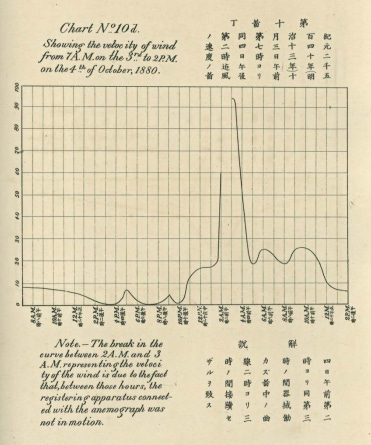The 614cast
Today’s tl;dr
🌥️ Mostly to partly cloudy, spotty showers/storms possible. High in the lower to middle 80s.
Forecast highlights
📈 Mostly dry today, higher rain chances this weekend
The best ingredients for showers and storms to develop are south of us today, but I can’t totally rule out a few trying to happen here. Chances really pick up tomorrow into Sunday as scattered activity returns.
Yet again, storms could drop locally heavy rain in a short time. The Weather Prediction Center has a wide swath of the region, including all of Ohio, in a slight (level 2/4) risk of excessive rainfall leading to flash flooding Saturday–Saturday night.
👍 Nicest days of the next week: Today and Monday
I see two “pick days” over the next week. You won’t have to wait long for the first one… it’s today. With seasonable highs in the lower to middle 80s and somewhat lower mugginess (dew points in the upper 60s… yes, I’m lowering my standards given how humid this summer’s been), it’ll be a pretty fair day.
The other day is Monday. Temperatures will be similar, but the mugginess may actually be noticeably lower than today.
After Monday, the humidity climbs again, as do temperatures. We’ll see another spate of highs near 90.
📊 Today’s almanac
Normal low/high: 66 / 86
Record low/high: 53 (1976) / 99 (1887)
Sunrise/set: 6:18 a.m. / 8:57 p.m.
👨🔬 Thomas Corwin Mendenhall
My wife and I were recently eating ice cream at OSU’s South Oval, because of course that’s what you do when your kid’s at a playdate. When we were leaving, I noticed a sign for Mendenhall Laboratory. I wondered if its namesake was the same as the glacier in Alaska.
It turns out that yes, they are the one and the same. And Mendenhall even has a connection to meteorology!
Thomas Corwin Mendenhall was among the Ohio Agricultural and Mechanical College’s first seven professors when it opened in 1873, predating the official “The Ohio State University” name by five years. He was a professor of physics and mechanics and, from 1878–1881, was a visiting professor at Tokyo Imperial University in Japan. While there, he founded a meteorological observatory and even took detailed observations during a destructive typhoon in October 1880. He noted afterward that an early warning system could be developed using telegrams and signals to pass along observations from other parts of Japan.

After returning to Ohio, he was involved in creating the Ohio State Meteorological Service and, in 1884, joined the U.S. Signal Corps — a predecessor of today’s National Weather Service. While there, he studied atmospheric electricity and lightning. In 1889, he was named superintendent of the U.S. Coast and Geodetic Survey (which merged with other agencies in 1970 to become the National Oceanic and Atmospheric Administration, or NOAA).
The valley, lake, and glacier outside Juneau, Alaska were named for Mendenhall in 1892.
Mendenhall Laboratory opened in 1905 and originally housed the Department of Physics. The Department of Geology acquired the building in the 1950s. The School of Earth Sciences now resides in Mendenhall Laboratory and Orton Hall.
Information came from OSU’s “History of Mendenhall Laboratory” webpage, Mendenhall’s Wikipedia entry, and “Science on the Edge: The Story of the Coast and Geodetic Survey from 1867-1970.”
🌭 Bonus weather weenie content
Steve Miller Band cancels tour, saying extreme weather is a safety concern (Associated Press)
Why it can be hard to warn people about dangers like floods – communication researchers explain the role of human behavior (The Conversation)
Steering clear of turbulence: New system offers promise of guiding flights worldwide away from rough air (University Corporation for Atmospheric Research)








